Vitra Design Museum


A few months ago, we visited Basel, where we discovered the work of Rolf Rappaz. This stay was the occasion to visit the Vitra Museum, located in Weil am Rhein in Germany near Basel. It is a private museum dedicated to design and furniture.
The Vitra campus
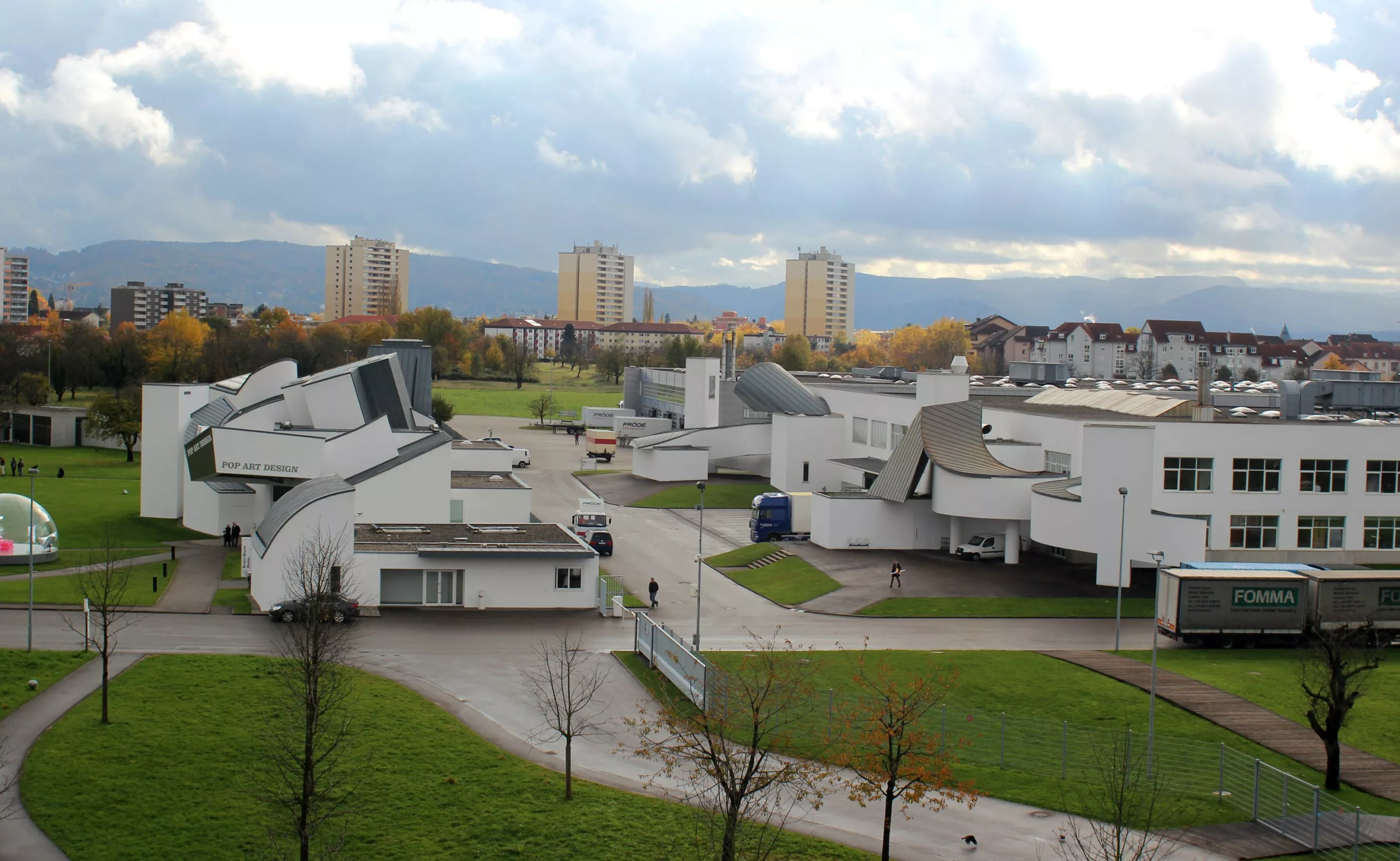
Vitra is one of the largest manufacturers of designer furniture. For 60 years they have published the biggest names in design: Charles Eames and Ray Eames, Jean Prouvé, Verner Panton, Philippe Starck, Jasper Morrison, Ronan & Erwan Bouroullec, Hella Jongerius or Arik Levy.
In 1981, after a fire, the chair factory site was gradually rebuilt and enlarged: in 1989, Frank Gehry built a production building and the Vitra Design Museum, his first European project.
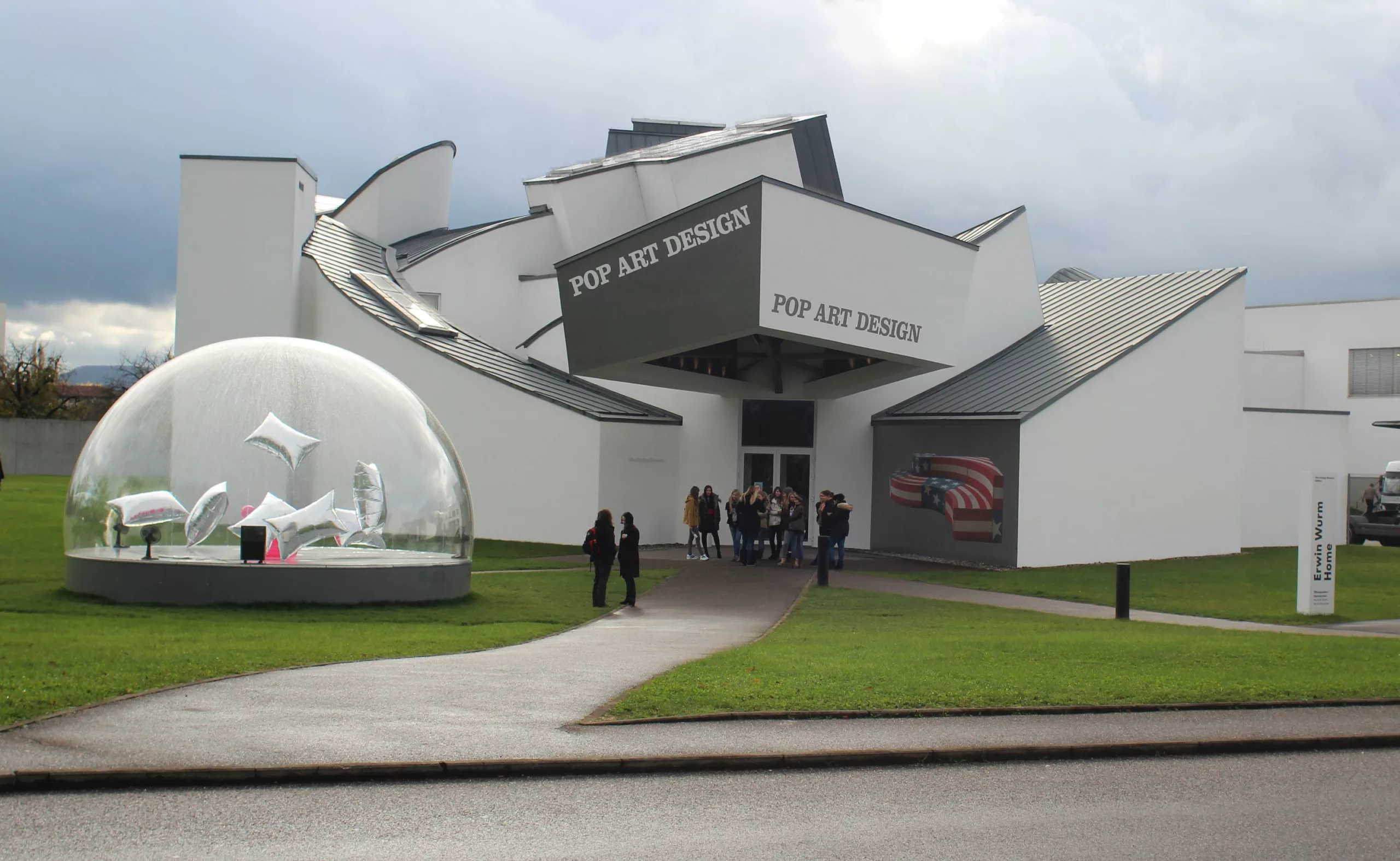
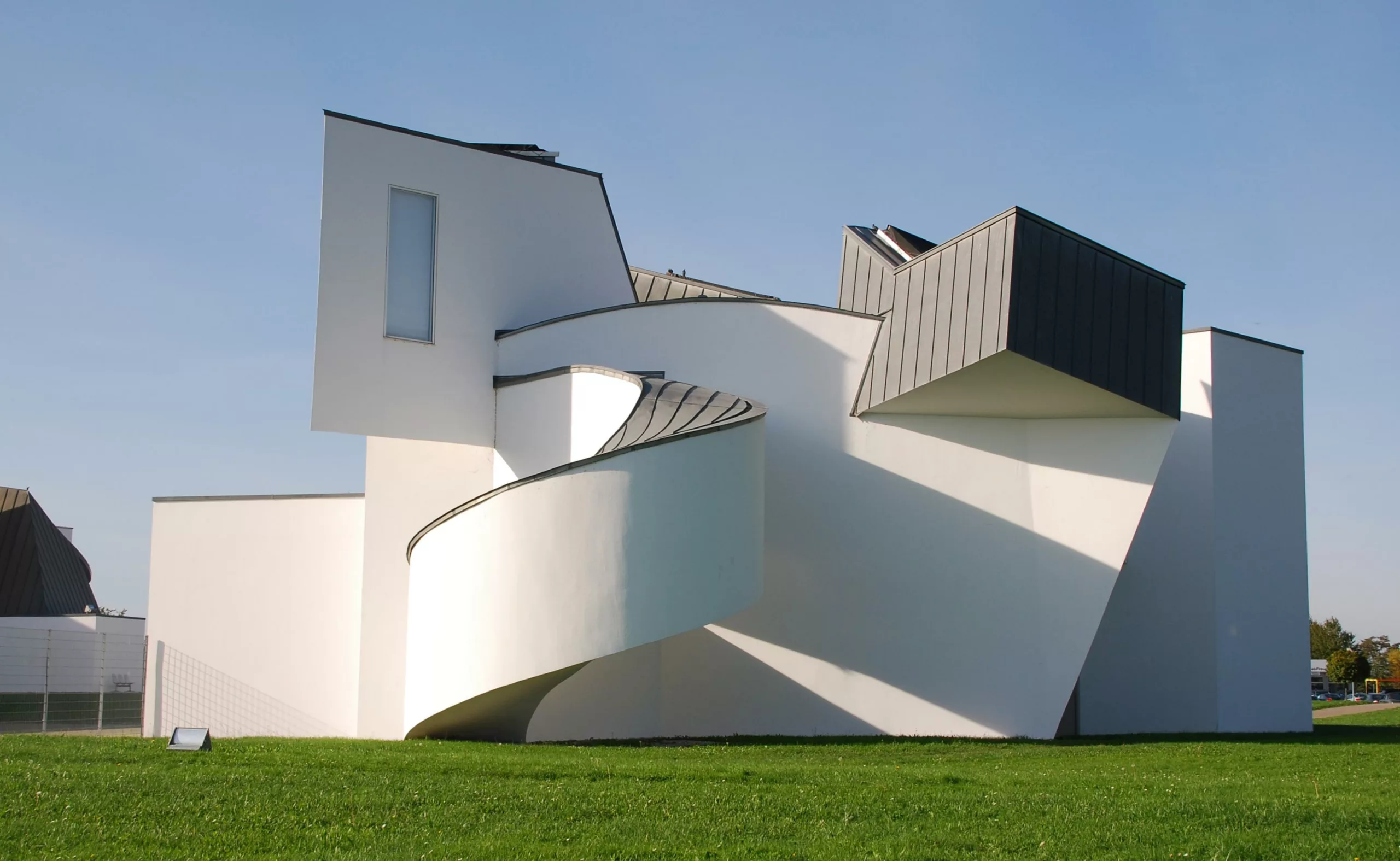
The second building will be the fire station! The Iraqi-British architect Zaha Hadid will take care of it.
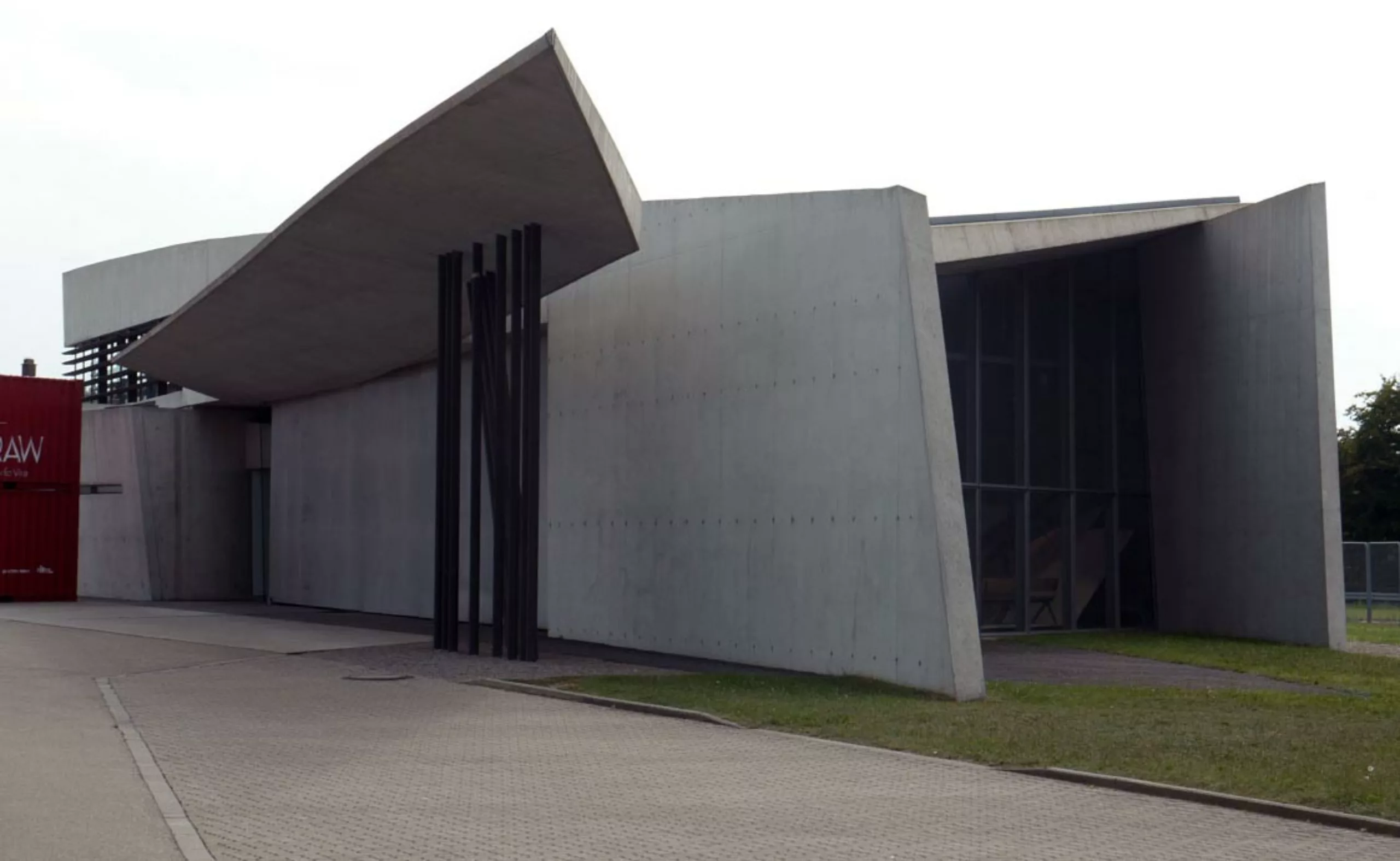
Then followed Alvaro Siza (manufacturing hall), Tadao Ando (conference pavilion), Kazuyo Sejima and Ryue Nishizawa (transport hall), Jean Prouvée (service station) and finally Jacques Herzog and Pierre de Meuron for the showroom: the Vitra House.
The Vitra House
The Vitra House, which opened its doors in 2010, is a large permanent exhibition space for products from the Vitra collection. It is a stack of 12 extruded house silhouettes. This entanglement mixes interior and exterior in a concrete and poetic way. The anthracite colour chosen for the façade gives the building a sense of unity and anchors it in nature and the surrounding landscape. Like a small town with a vertical stratification.
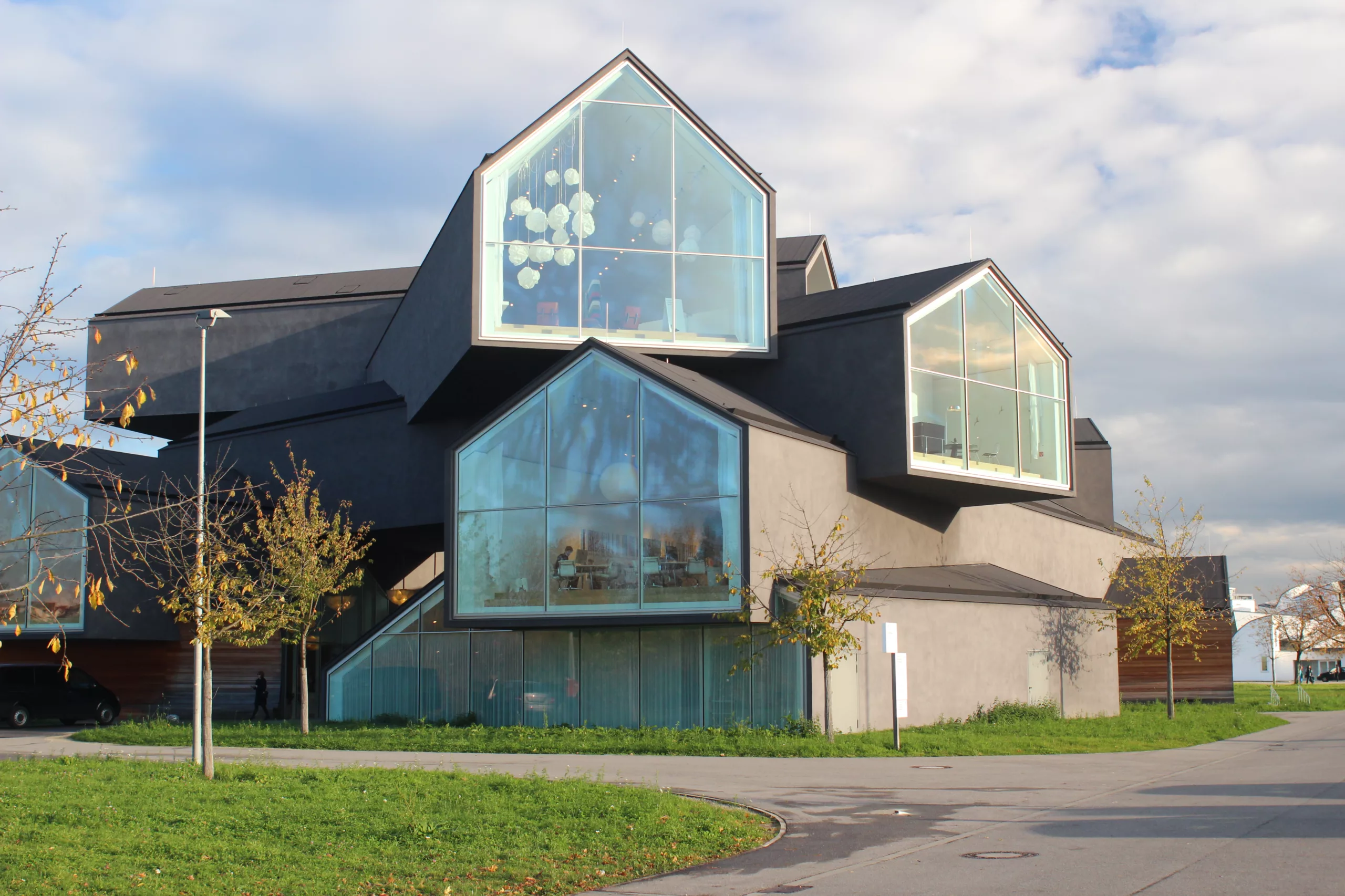
The “by night” view is also very impressive!


Inside, impressive panoramic interweaving alternates with views obstructed by sections of walls. The interior spaces, in them, are white to give pre-eminence to the staging of the furniture.
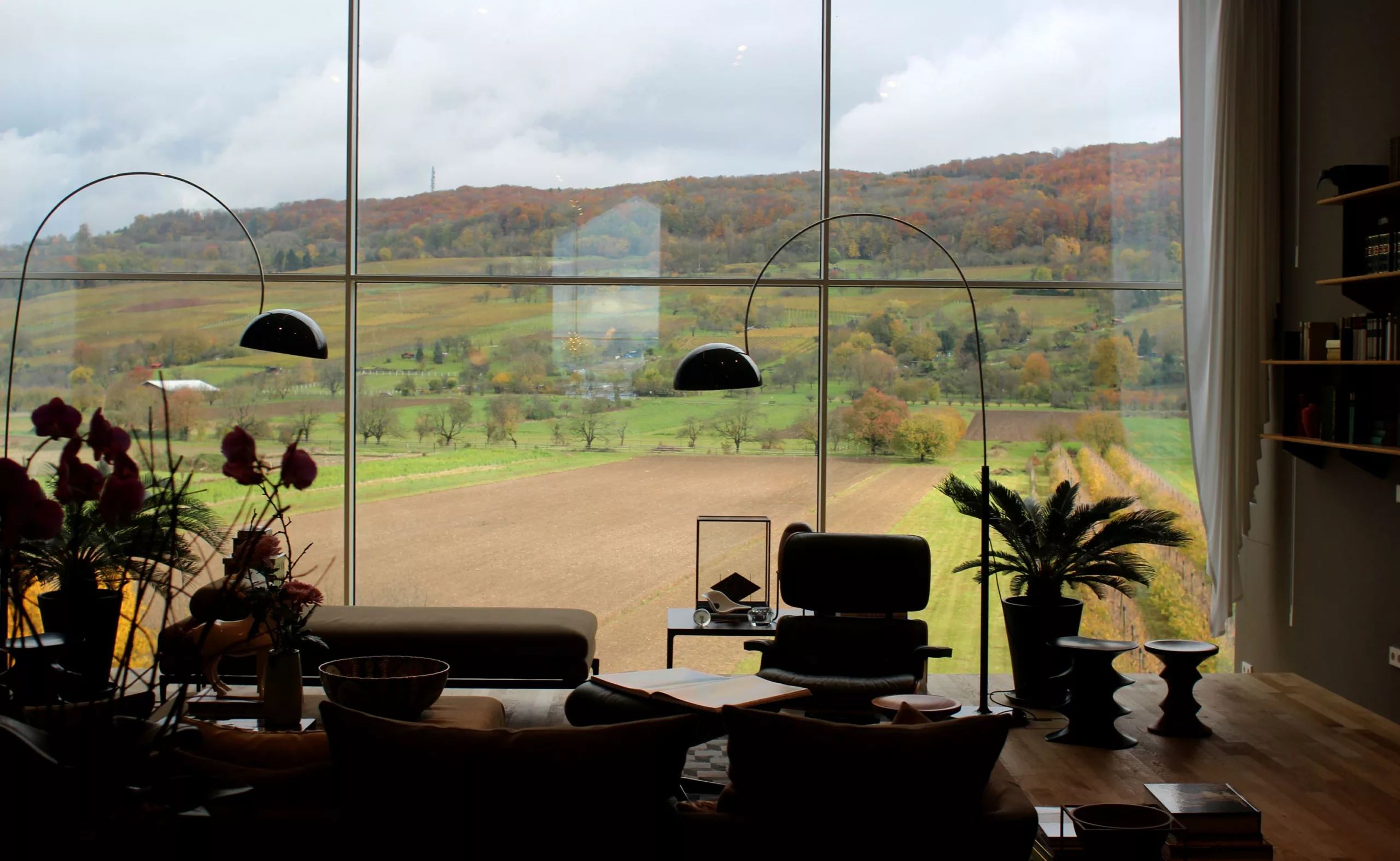
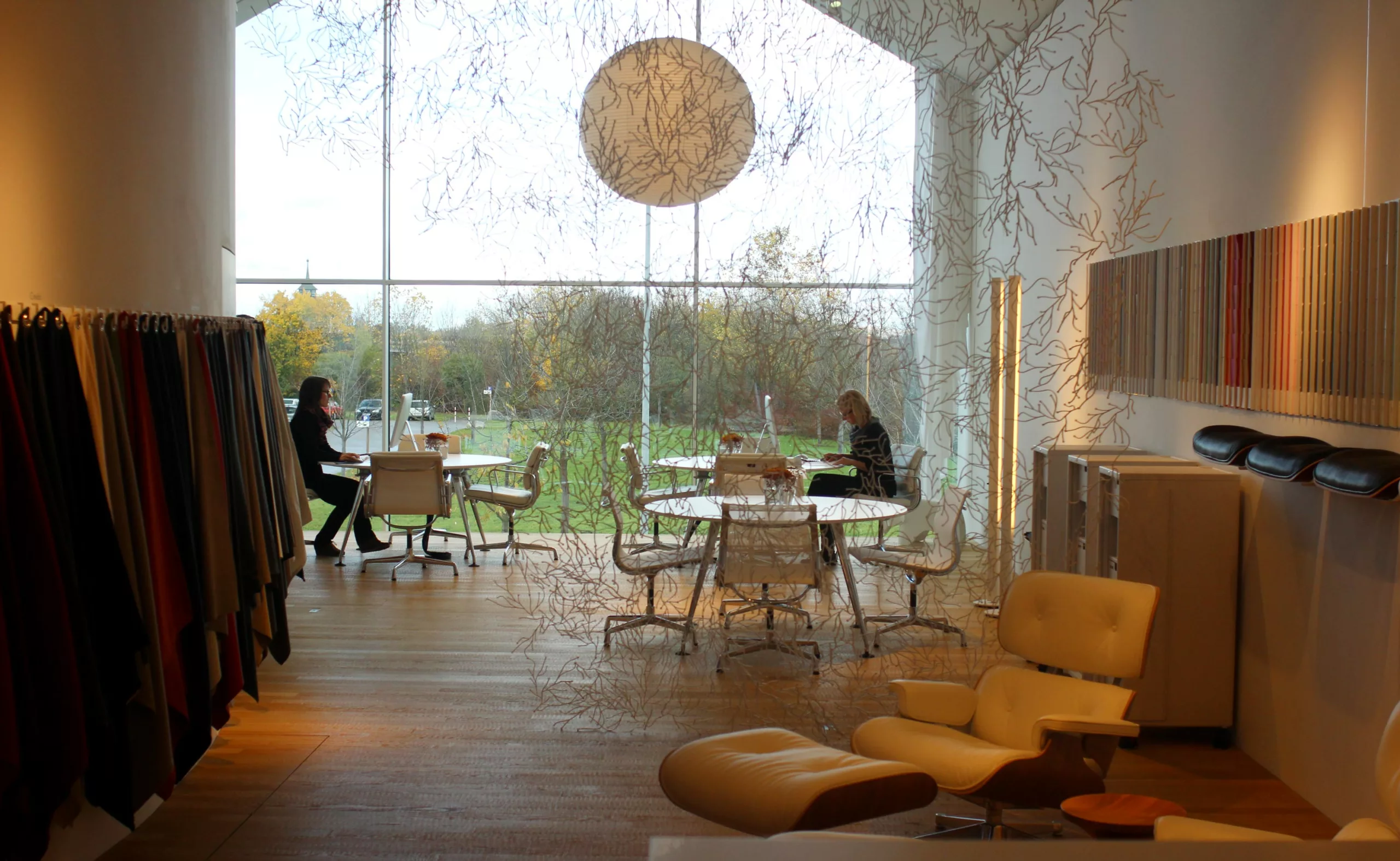
The design kingdom
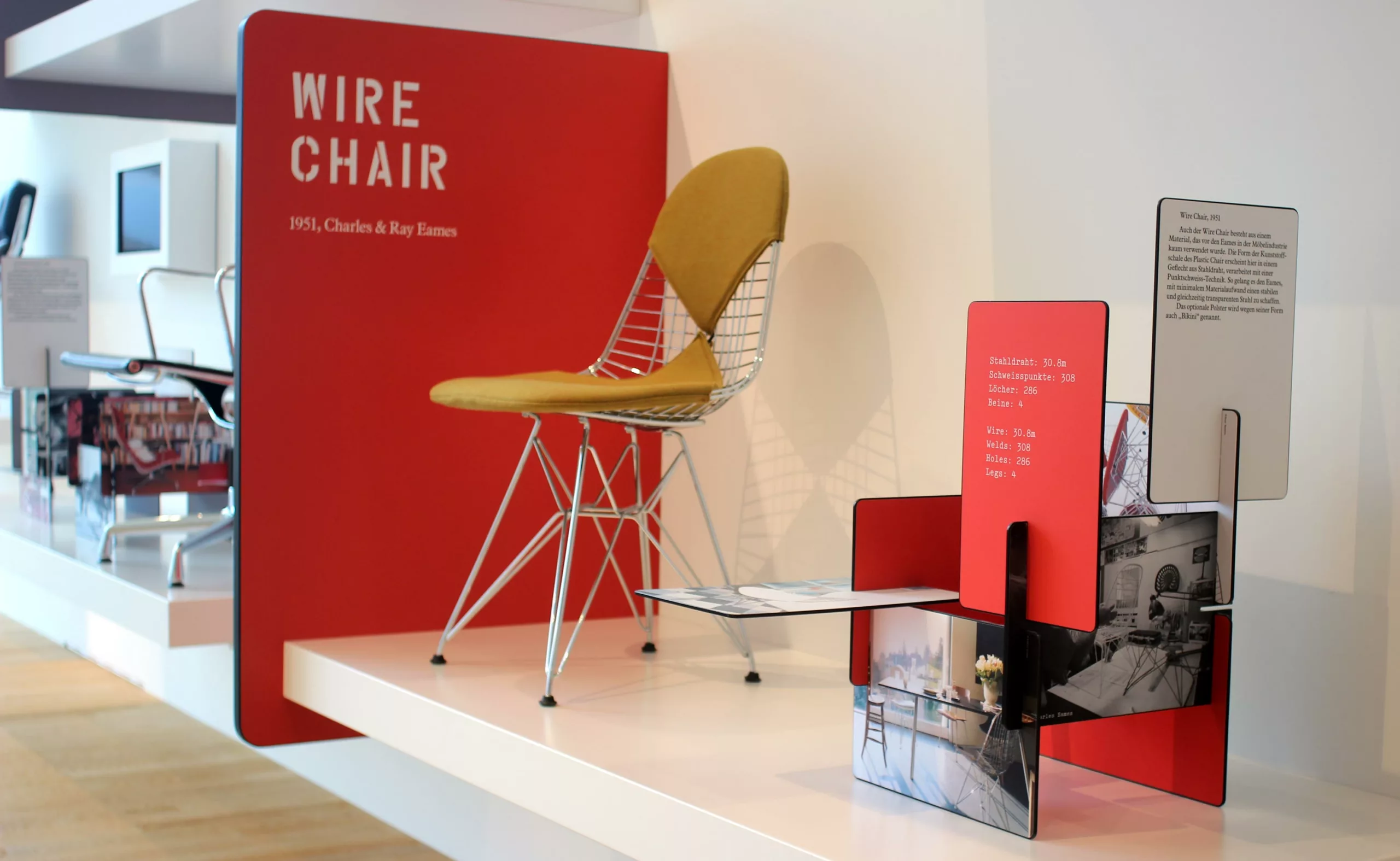
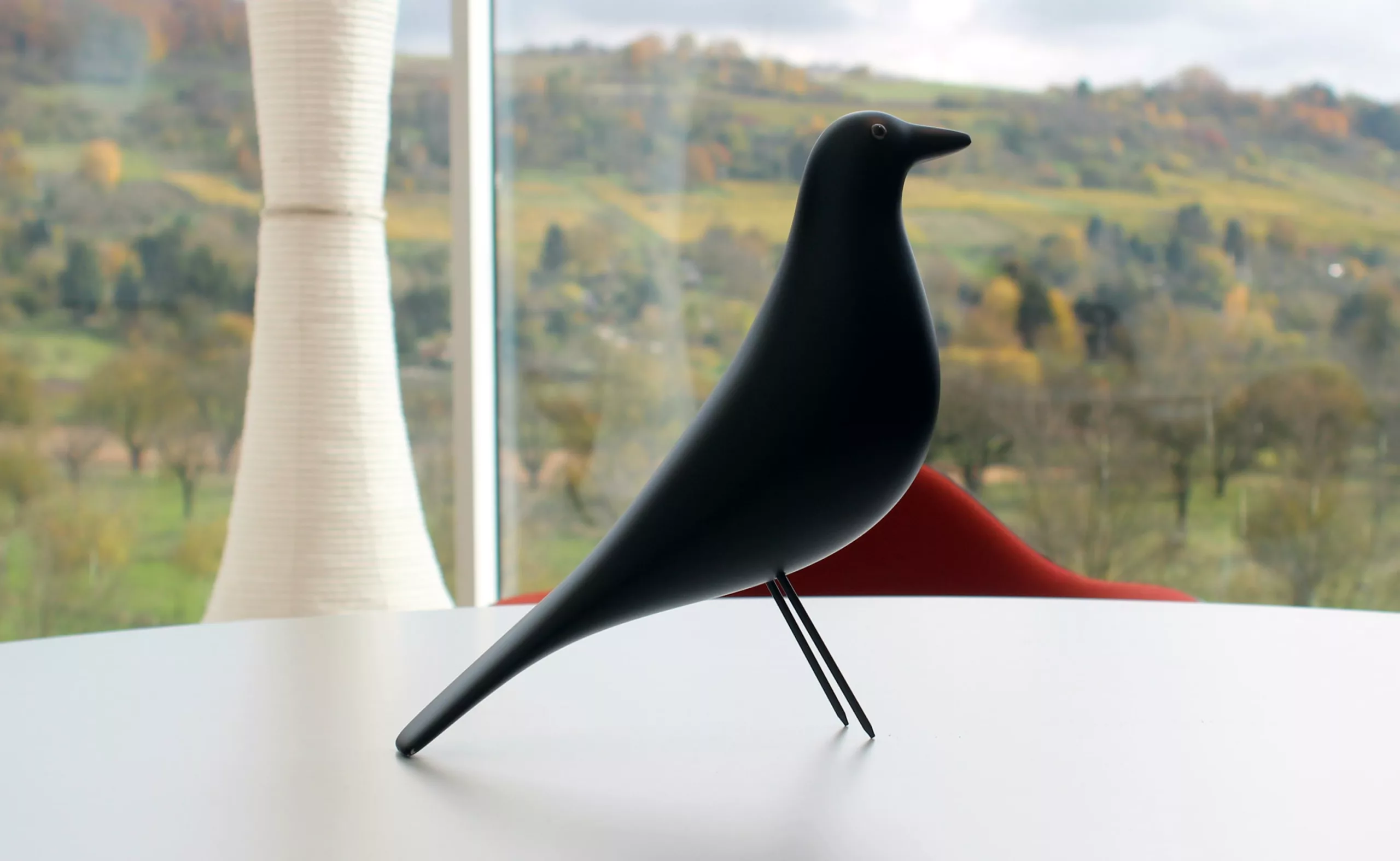
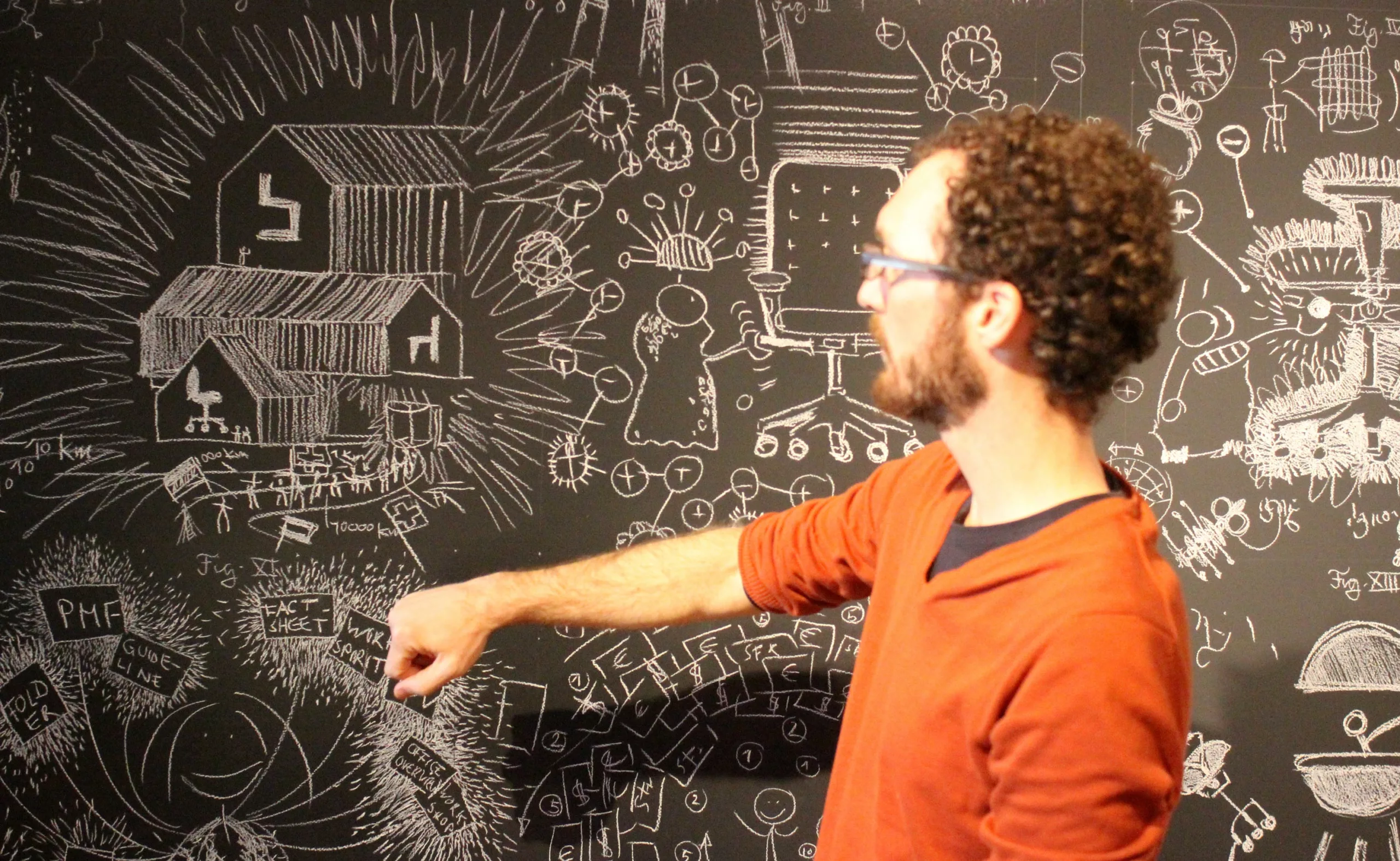
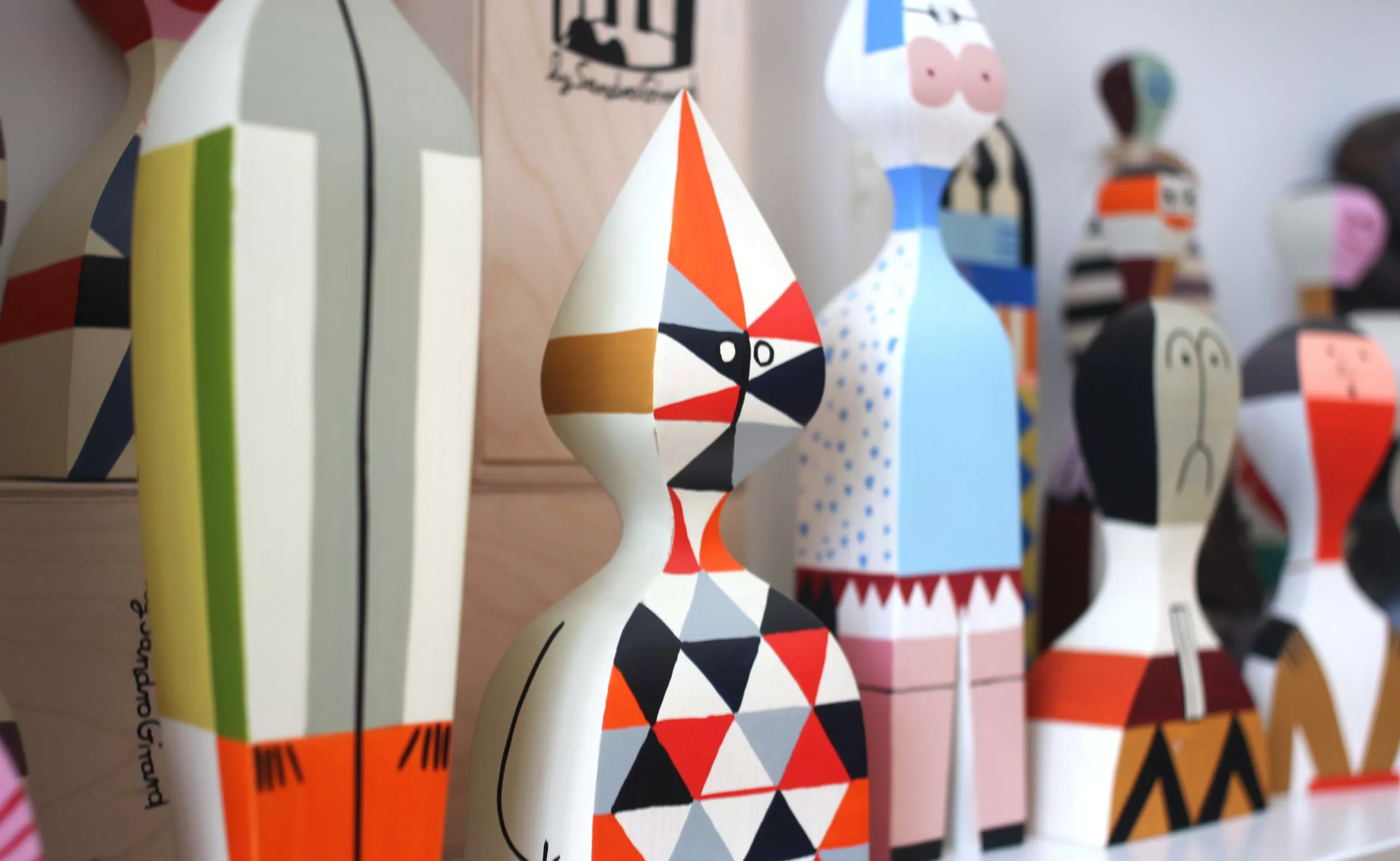
Above, the Alexander Girard figurines. We will try to come back soon on the course of this designer in our series of articles on the great names of graphic design. It is moreover these same figures that are imposed as of the entry in the Vitra House, the decoration of the reception bank reproducing about twenty of these characters.
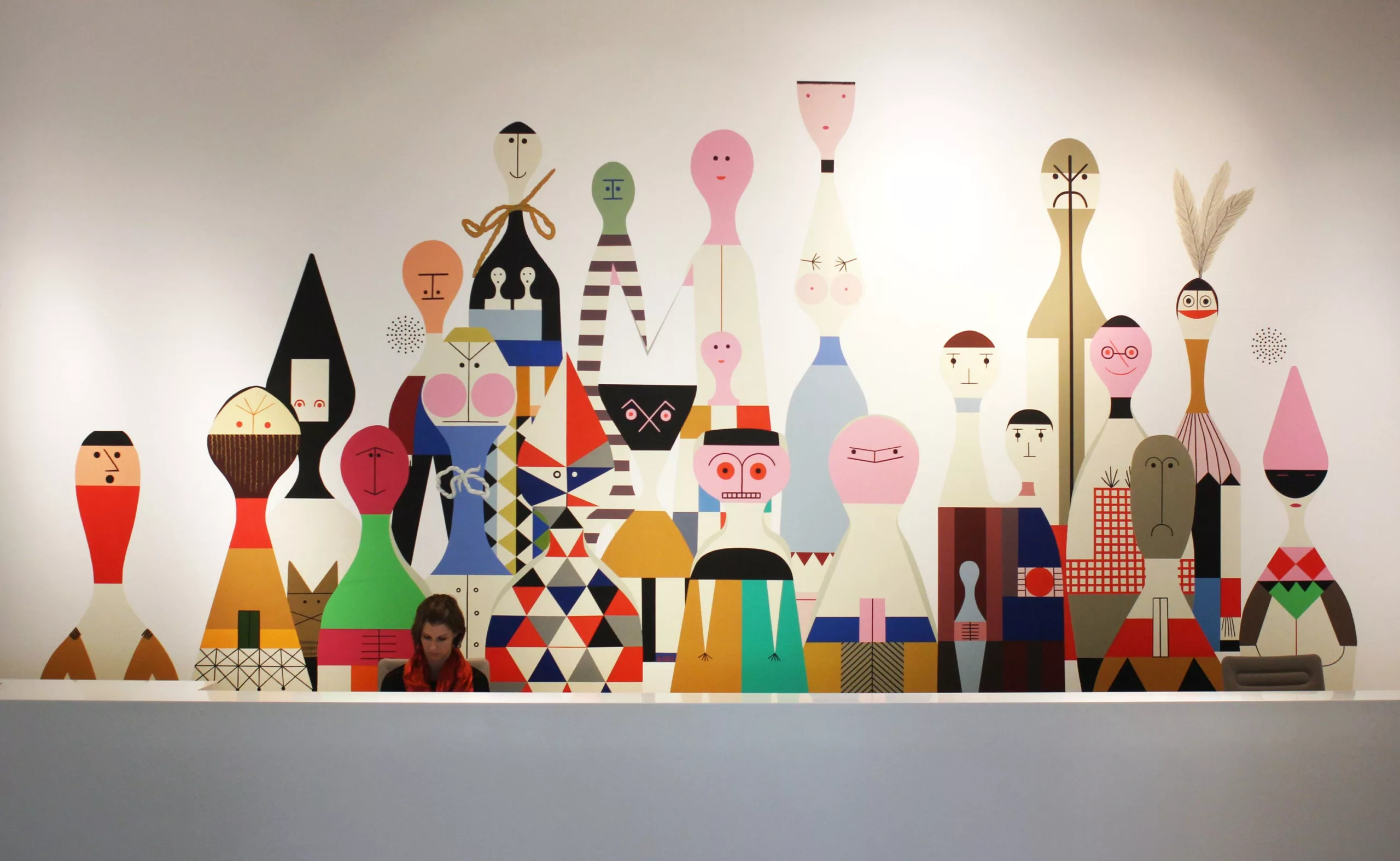
Pop Art Museum
Located in Frank Gehry’s building, the Pop Art Museum offers us a glimpse of the immense collection of Pop Art and design works that Rolf Fehlbaum, the founder of Vitra, has collected over the years. The idea is to put forward a new image of Pop Art, in which design plays a central role for the first time.
This museum is based among others on works by Andy Warhol, Claes Oldenburg, Roy Lichtenstein, Ed Ruscha, or Richard Hamilton, which are put into dialogue with projects by designers of the time, such as Charles Eames, George Nelson, Achille Castiglioni or Ettore Sottsass.

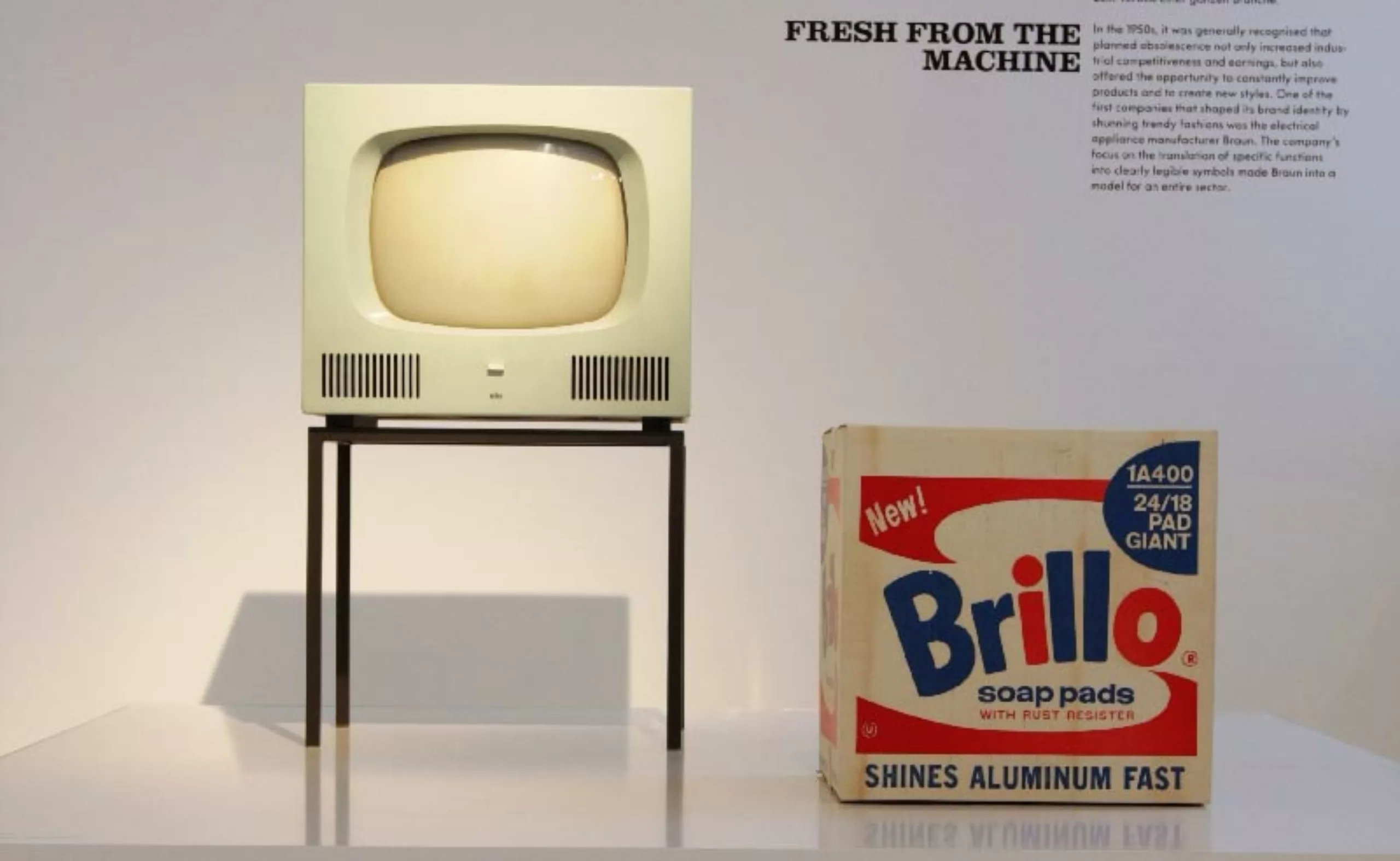
This design collection is probably one of the most important in the world, like the MOMA in New York or the Centre Pompidou in Paris, which places the manufacturer on the same level as these museum institutions. Graphic design also has its place in this museum!
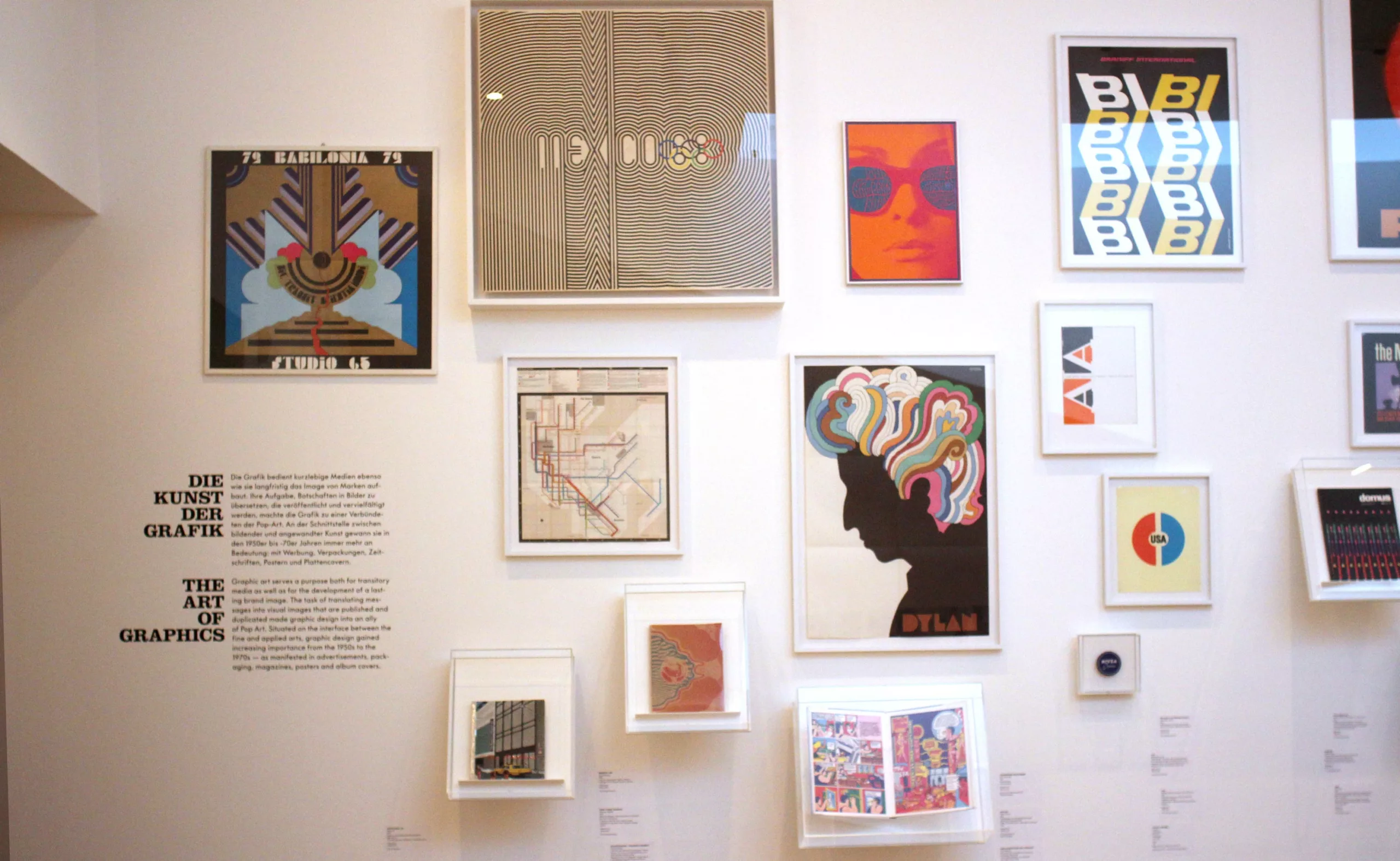
Business and Museography
Through this exceptional collection, Vitra has acquired immense design legitimacy. We can only acknowledge and welcome this corporate strategy, which makes Vitra a key institution on this subject. They have long been legitimate for telling the “truth about content and form” of design.
From then on, this position, usually attributed to public museum institutions, takes on a completely different form when the museum space and the commercial space are adjoining. One of the functions of the museum is to organize the mediation between the learned world and the general public, this passes through mediation devices where specialists agree to produce one or more thoughts about these objects.
In the case of Vitra, which exhibits in part objects that are still manufactured and sold in their showroom, the position of this museum is ambiguous. So can the museum’s scientific discourse be perfectly objective? Not sure…

